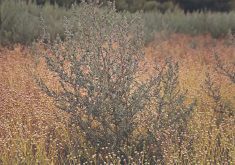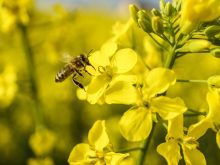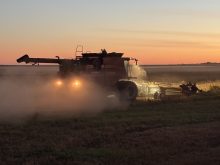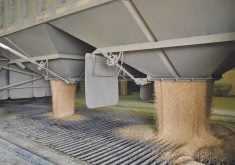Wheat acreage will increase this year while canola acreage will drop — at least, that’s the prediction in the January Outlook for Principal Field Crops report from the Market Analysis Group at Agriculture Canada.
The Agriculture Canada analysis has very little good news when it comes to 2025-26 price projections. Wheat and flaxseed are about the only crops where a small price increase is expected. Projected profitability is certainly a big factor when it comes to seeding intentions.
Let’s start with the crops where an acreage increase is anticipated.
Read Also
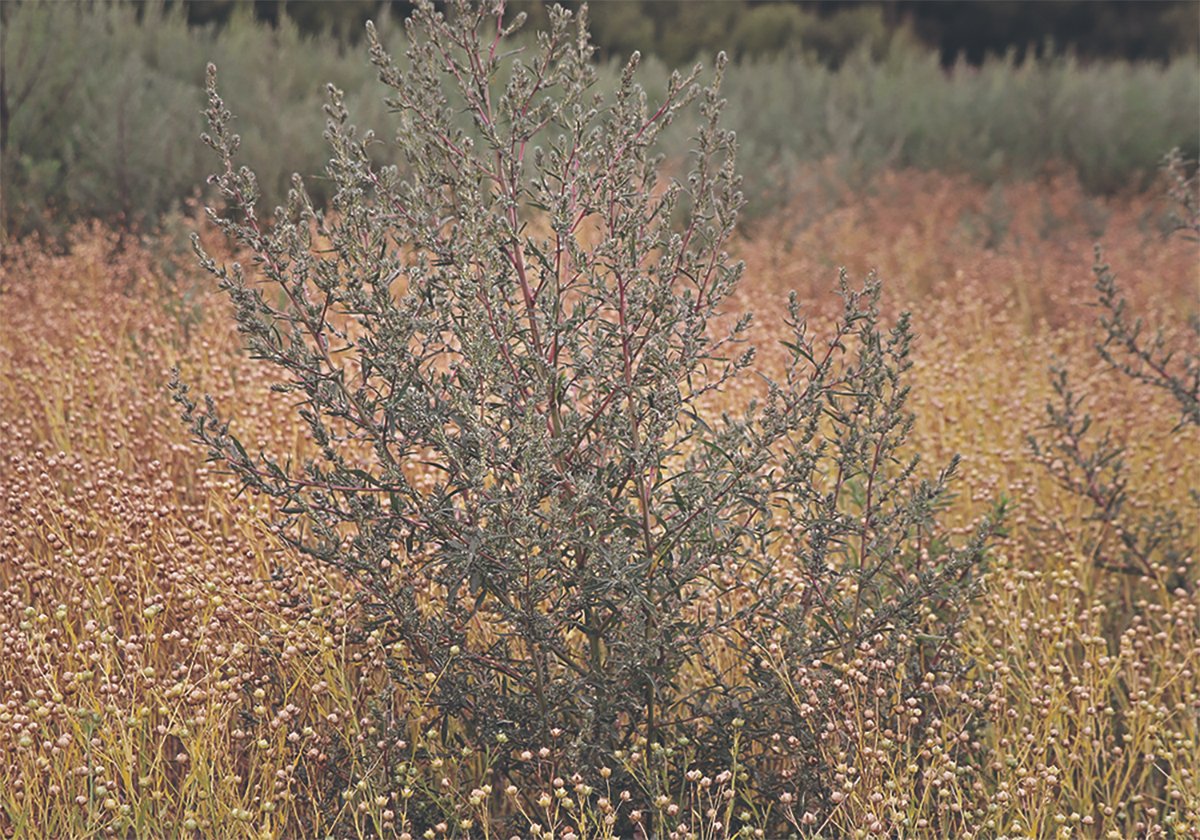
Kochia has become a significant problem for Prairie farmers
As you travel through southern Saskatchewan and Alberta, particularly in areas challenged by dry growing conditions, the magnitude of the kochia problem is easy to see.
Even with $10 a tonne average price declines projected for both wheat and barley in 2025-26, Agriculture Canada is predicting a four per cent acreage increase for both crops. For wheat, this is a 15 per cent increase in winter wheat, which is already in the ground, along with a three per cent increase in spring wheat.
For barley, Agriculture Canada points to a tight supply and demand balance and a slower decline in prices than some other crops. Even with the projected four per cent acreage increase, barley acreage would still be nine per cent below the five-year average. For corn, a three per cent acreage increase is expected.
Oat acreage is forecast to increase seven per cent, which is surprising, considering the Agriculture Canada price projection has oats falling by $25 a tonne in the upcoming crop year.
Flax prices have been holding their own, but this isn’t expected to be enough to increase the acreage more than 1.5 per cent.
Agriculture Canada expects dry pea prices to be down $25 a tonne in the upcoming crop year, but an acreage increase of about two per cent is still predicted. Green peas and some of the specialty peas are showing strong price premiums over yellow peas and that may be where the acreage increase comes from.
Agriculture Canada is showing an $85 a tonne drop in projected lentil prices for the next crop year, and yet acreage is expected to increase marginally. In cropping budgets, lentils look good, particularly for green lentils. On the other hand, root rot fears could temper seeded acreage.
The biggest increase percentage wise is for rye, up a whopping 56 per cent. This estimate is the most accurate because almost all the crop is fall rye, which has already been seeded. This is the highest acreage of rye since 1990.
Leading the pack in acreage decline is canola. Agriculture Canada is predicting a drop of 4.6 per cent. Canola prices are not scintillating, and with tariff threats by both the United States and China, it’s perhaps reasonable to assume a pull back in acres. Soybean acreage is expected to slip almost seven per cent.
Durum acreage is expected to drop by five per cent, which is a bit of a surprise because it would seem to pencil out better than spring wheat and barley in the brown and dark brown soil zones.
Agriculture Canada is expecting chickpea acreage to drop by 12 per cent, which is also a bit of a surprise because some producers are moving to chickpeas to avoid root rot in lentils.
The projected 26 per cent drop in mustard acreage isn’t a surprise because there’s a big carryover and prices are near the bottom of their historical range. Canaryseed is expected to drop by 11 per cent.
The analysts from Agriculture Canada aren’t any more prescient than private analysts, but it’s interesting to scrutinize the various predictions.
Kevin Hursh is an agricultural journalist, consultant and farmer. He can be reached by e-mail at kevin@hursh.ca.






